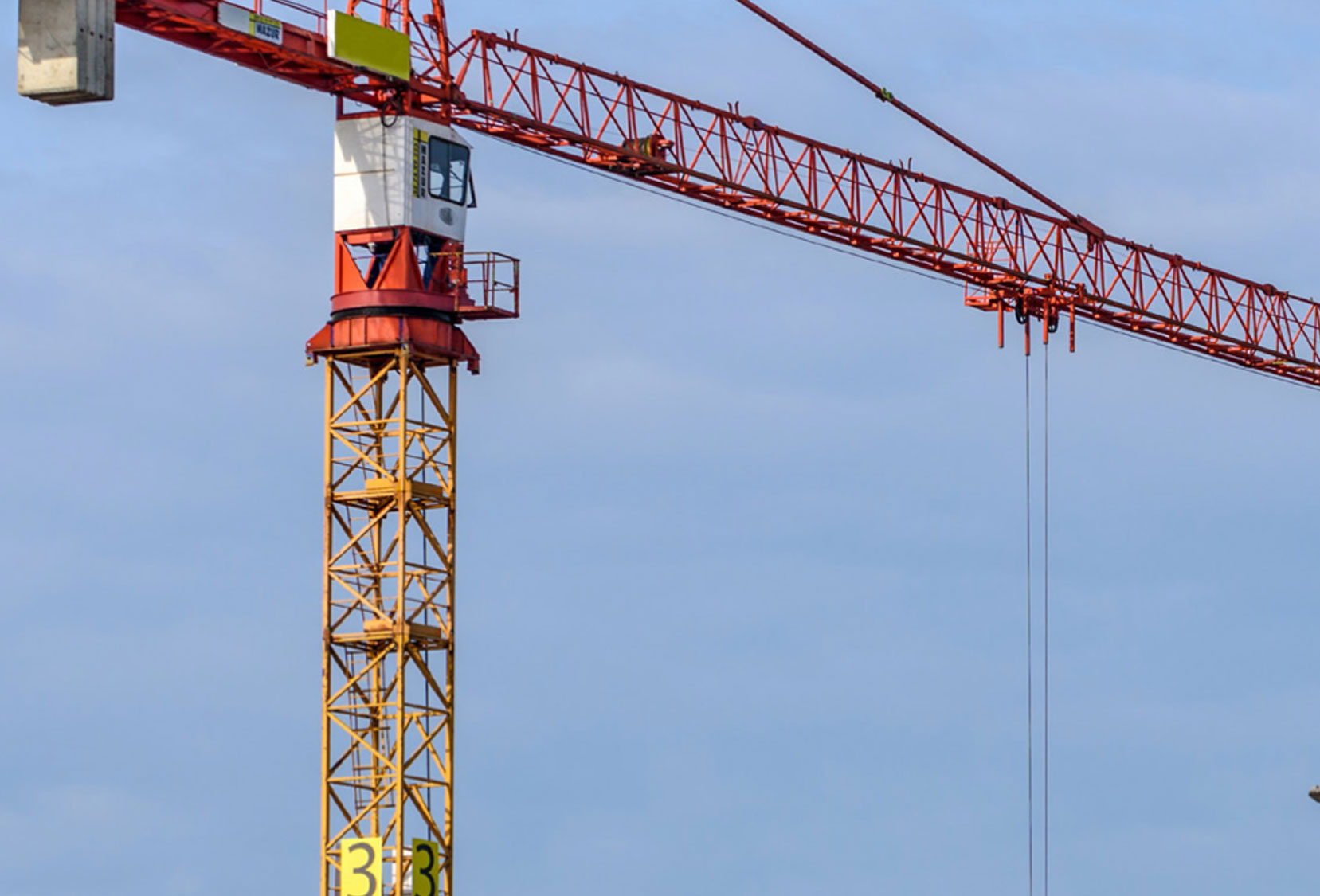Artificial intelligence plays an integral role in the efficiency and effectiveness of processes in the construction industry. With the aid of artificial intelligence, the construction industry can overcome some of its most significant obstacles to reduce cost and risk.
ARTIFICIAL INTELLIGENCE AND THE CONSTRUCTION INDUSTRY
Artificial intelligence, such as advanced digital technologies, enhances development speed while maintaining quality in the construction industry. However, the construction sector is notoriously sluggish in embracing technology and is one of the least digital industries. For instance, manual calculations, reports, and practices remain common. Resistance to moving to digital experiences cripples the sector with project delays, cost inefficiencies, and degraded performance in terms of productivity, health, and safety.
There is a tremendous opportunity for the construction sector to increase performance and efficiency using digital technologies.
Most of the artificial intelligence that consumers encounter today takes the form of machine learning, such as when doing a Google search and receiving results based on prior online behaviors and interactions. The objective of artificial intelligence is to imitate human intellect.
On the flip side, machine learning may occasionally surpass human insights and decision-making due to the sheer amount of data it can analyze. Machine learning is used interchangeably with artificial intelligence; however, machine learning is a branch of artificial intelligence.
Here are some of the benefits that artificial intelligence provides the construction industry.
AUTOMATION
Traditional construction management is aided by AI-based technology in overcoming the bias and misunderstanding caused by manual observation and operation. Artificial intelligence automates and makes project management objectives. The acquired data is analyzed using machine learning algorithms to find hidden information. In addition, they are included in project management software to automate data analysis and decision-making. Advanced analytics allow managers to better understand construction projects, codify tacit knowledge, and promptly identify project concerns.
For construction site monitoring, drones and sensors are utilized to autonomously acquire data and take images/videos of the site’s condition, surroundings, and progress without human intervention. These tactics may replace tedious, error-prone, and time-consuming human observation.
ELECTRONIC VISION
Digital previewing is another advantage that artificial intelligence brings to the table. Digital previewing or computer vision is used by many construction companies.
It is primarily used to perform visual tasks for two primary purposes: inspection and monitoring, which can potentially facilitate the understanding of complex construction work or structural conditions quickly and reliably.
In civil infrastructure condition evaluation, automated and dependable computer vision techniques are replacing arduous and unreliable optical inspection methods. Current improvements in computer vision techniques are based on end-to-end learning approaches that use deep learning to automatically process, evaluate, and comprehend picture and video annotations.
EFFICIENCY
Machinery and software with artificial intelligence are employed to increase the effectiveness and efficiency of construction projects.
In the case of process mining, it uses artificial intelligence to monitor crucial operations, predict aberrations, identify hidden bottlenecks, and predict collaboration patterns. Statistics and analysis from artificial intelligence are vital to the project’s success and may enhance construction execution. Options for early problem resolution may boost operational efficiency. As a result, it saves costly adjustments later on.
Various optimization algorithms are also helpful for creating more plausible architectural designs. Robots driven by artificial intelligence on construction sites perform repetitive tasks such as bricklaying, welding, and tiling. Intelligent robots may perform uninterrupted at almost the same speed and quality as people, assuring productivity, efficiency, and profitability.
EFFECTIVE JOB SITES
Self-driving construction machinery has been a trend within the construction industry. Artificial intelligence combined with machinery can perform repetitive tasks more efficiently than humans, such as pouring concrete and bricklaying.
In addition, demolition and excavation are currently performed by driverless or partially autonomous bulldozers, which can execute a task with the help of a human to exact detail. This reduces manual labor for construction work and the total time required to finish the project. Project managers also utilize gadgets with artificial intelligence to manage job site work in real time. Whether recognition, onsite cameras, or technologies to assess worker productivity, it is much easier to manage a job site.
AI FOR IMPROVED BUILDING DESIGN USING GENERATIVE DESIGN
Artificial intelligence is also applied for the generation and management of digital representations of physical and functional characteristics of places.
Building information modeling is a 3D model-based method that enables architectural, engineering, and construction professionals to plan, design, and develop buildings and infrastructure more effectively. To design the construction of a project, the 3D models must consider the architectural, engineering, electrical, and plumbing plans, and the sequencing of the separate teams’ operations. By use of these 3D models, it is used to verify that the various models created by the sub- teams do not cause problems.
The industry uses machine learning in AI-powered generative design to discover and resolve disputes between models developed by various teams to avoid redoing work. There is existing software that utilizes machine learning algorithms to investigate all possible solution variants and create alternate designs. The generative design program builds 3D models optimized for the limitations, learning from each iteration until it reaches the optimal model after the user has defined the model’s criteria.
PREVENT COST OVERRUNS
Even with the strongest project teams, most projects exceed their budgets. Artificial neural networks are a class of artificial intelligence that simulates how the human brain processes information.
This type of artificial intelligence is used on projects to anticipate cost overruns based on variables such as project size, contract type, and project manager competency. Moreover, artificial neural networks can also map predictive models that employ historical data. For example, this type of artificial intelligence can predict the projected start and finish dates for future projects.
In other words, using artificial intelligence to provide statistics on financial management is an asset to estimate the return on investment for the construction company. Consequently, project delivery is accelerated if all potential financial risks are highlighted.
RISK MITIGATION
Every construction project has a variety of risks, including quality, safety, time,
and economic risks. The bigger the project, the greater the risk since several subcontractors work simultaneously on various crafts. Today, general contractors may utilize artificial and machine learning technologies to monitor and prioritize risk on the construction site. This allows the project team to concentrate their limited time and resources on the most significant risk concerns. Artificial intelligence automatically assigns “problem priorities” in which construction managers may collaborate closely with high-risk teams to limit risk, such as assessing subcontractors.
FINAL THOUGHTS
From planning to completing a project, artificial intelligence has consistently provided benefits in parts of construction. The future of artificial intelligence in the construction industry will continue to play a more prominent role in reducing manual labor and providing critical insights about projects. Leveraging the power of artificial intelligence in construction is a necessary component for increased profits while decreasing risks.



